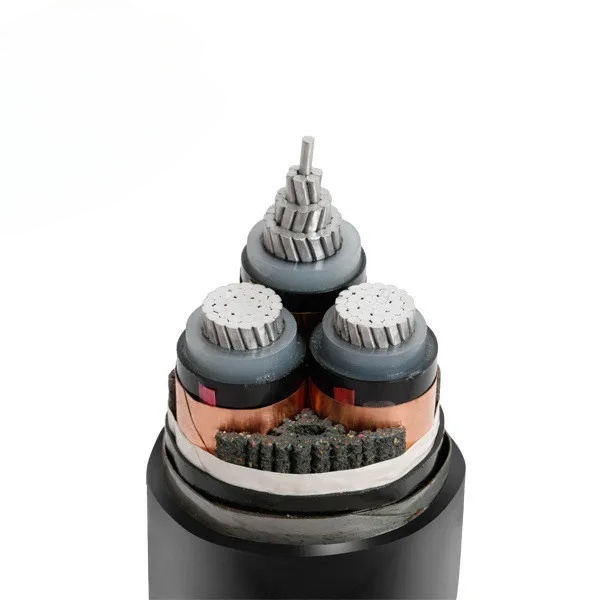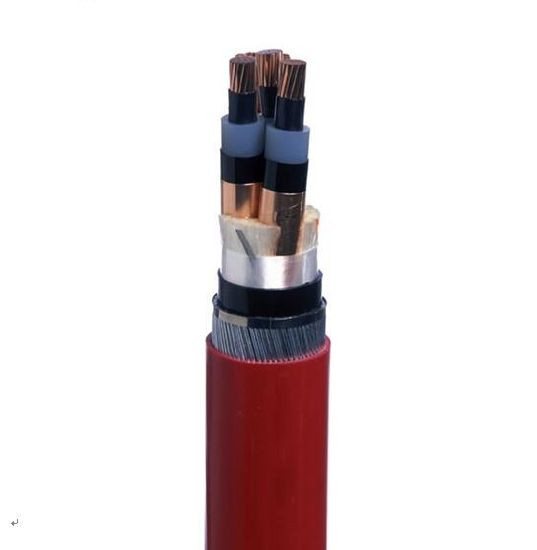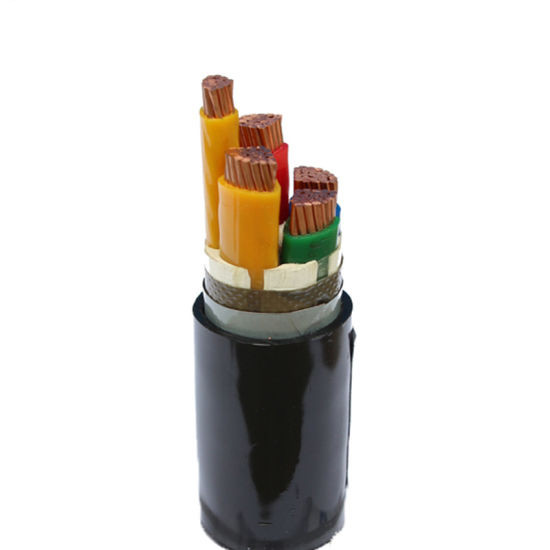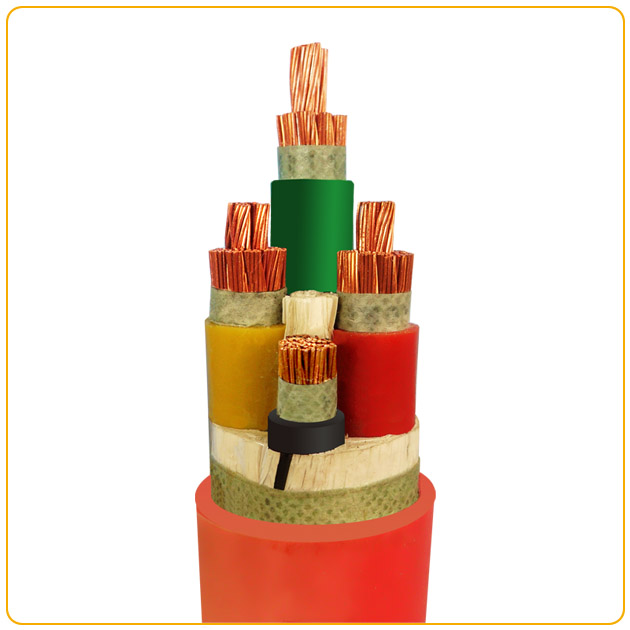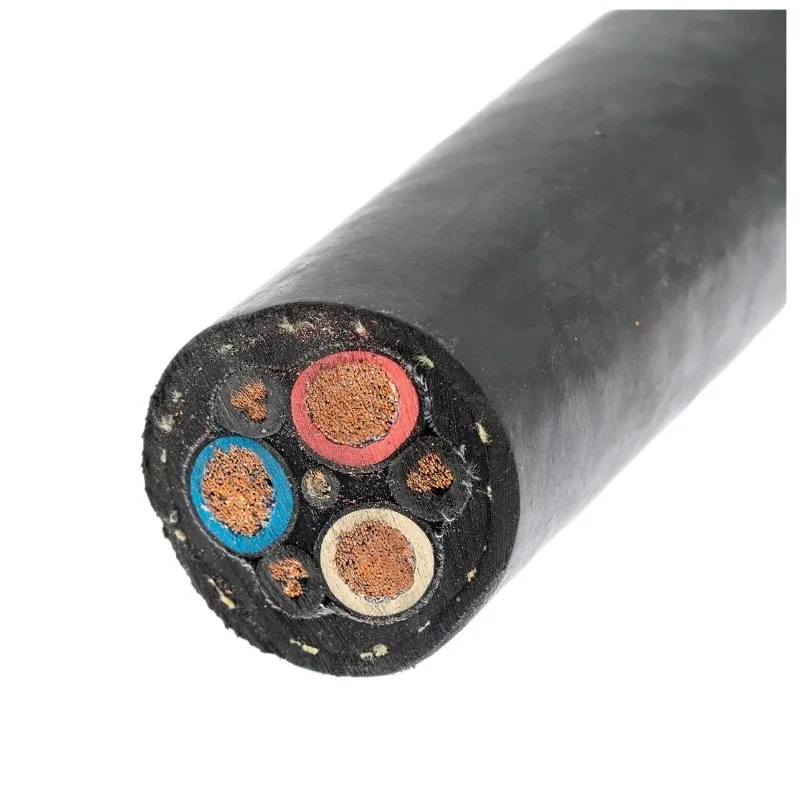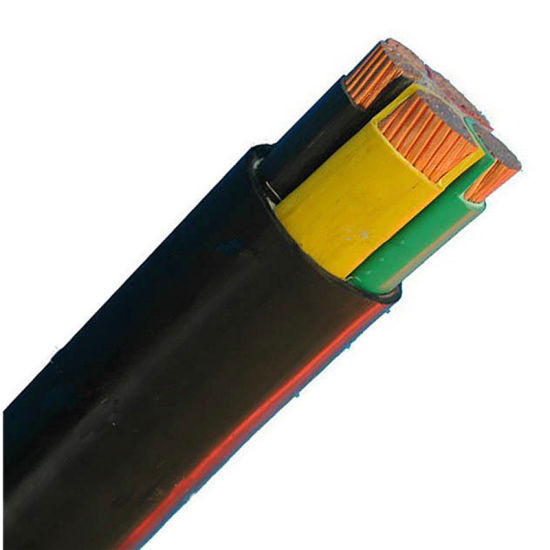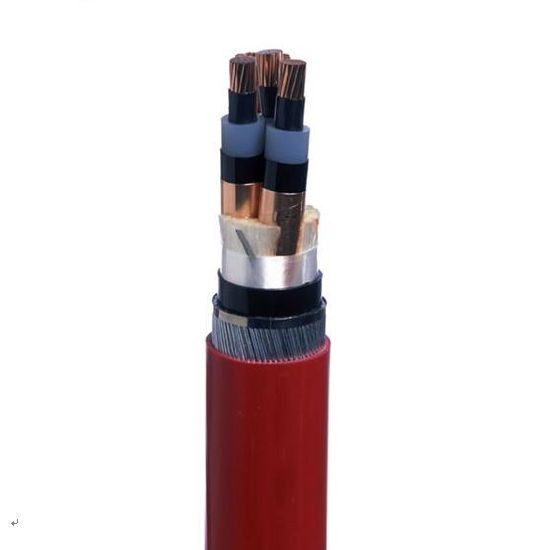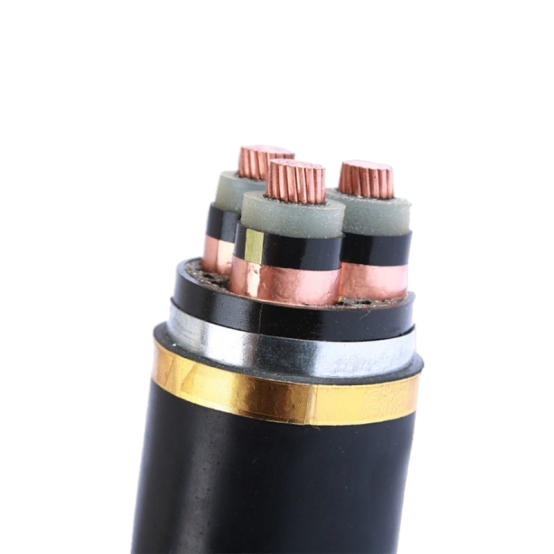-
![What is YJV cable ···]() 2025-09-01 What is YJV cable and its pr···
2025-09-01 What is YJV cable and its pr···Cables come in a variety of sizes and specifications based on different classification standards. YJV cable is one such type. So what is YJV cable? What are its sizes and specifications?Cables are essential components in power systems. Cables are generally considered to be wires that transmit power
read more > -
![Computer Cable Sel···]() 2025-09-01 Computer Cable Selection and···
2025-09-01 Computer Cable Selection and···With the rapid development of electronic information, information transmission requirements are becoming increasingly stringent. Conventional computer cables may not meet customer requirements in certain special situations. To help customers better select and apply computer cables, we offer the foll
read more > -
![What is BYJ wire? ···]() 2025-09-01 What is BYJ wire? What is th···
2025-09-01 What is BYJ wire? What is th···Wires and cables are commonly used in construction and home renovation. Commonly used wires include BV single-core rigid wire and BVR single-core flexible wire. What is BYJ wire? What is the difference between BV and BVR wires? Let's explain what BYJ wire is:1. BYJ's insulation is polyethyle
read more > -
![Characteristics an···]() 2025-09-01 Characteristics and hazards ···
2025-09-01 Characteristics and hazards ···As we all know, the combustion and spread of fire of objects must have three elements: combustible, heat and air.(1) The insulation materials and protective layers of various types of cables that are widely used so far are mostly made of combustible organic matter. Although cables made of oil, paper
read more > -
![The difference bet···]() 2025-09-01 The difference between 3+2 a···
2025-09-01 The difference between 3+2 a···Wires and cables are divided into single-core and multi-core types. Some users who are unfamiliar with the concept may wonder, "What's the difference between 3+2-core and 4+1-core cables, even though they both appear to have 5 cores?" Below, we'll explain the meaning and difference
read more > -
![Causes of explosio···]() 2025-09-01 Causes of explosion and fire···
2025-09-01 Causes of explosion and fire···The insulation layer of power cables is composed of various combustible materials, such as paper, oil, hemp, rubber, plastic, and asphalt. Therefore, cables are susceptible to fire and explosion. Below, we will explain six possible causes of fire and explosion in wires and cables:1. Insulation damag
read more > -
![What is the nomina···]() 2025-08-31 What is the nominal cross-se···
2025-08-31 What is the nominal cross-se···I've noticed that many industry colleagues are confused about what the nominal cable cross-section is. In fact, in the cable industry, cable cross-sections are categorized into three types: nominal cross-sectional area, designed cross-sectional area, and actual cross-sectional area. Let's ex
read more > -
![What are the diffe···]() 2025-08-31 What are the differences bet···
2025-08-31 What are the differences bet···During the design, material selection, production, and sales of wires and cables, we often encounter numerous temperature parameters, such as 90°C, 105°C, 125°C, and 150°C. These parameters are commonly referred to in the industry as temperature ratings. So, how are these parameters derived? Why
read more > -
![Brief introduction···]() 2025-08-31 Brief introduction of four m···
2025-08-31 Brief introduction of four m···This article introduces four types of mineral insulated cables to colleagues in the industry, namely BTLY, BTMMRZ, BTTRZ and BTTZ. This article mainly introduces these four types of mineral insulated cables from two perspectives: inspection standards and product performance.I. Introduction to (NG-A)
read more > -
![What are the princ···]() 2025-08-31 What are the principles and ···
2025-08-31 What are the principles and ···This article explains the principles and types of fire-resistant cables for industry professionals.Fire-resistant Cables1. Cables primarily have copper conductors:Conductors can be categorized as bare copper, copper-plated copper, copper-clad steel, copper alloy, and copper foil.Bare copper—low con
read more >

